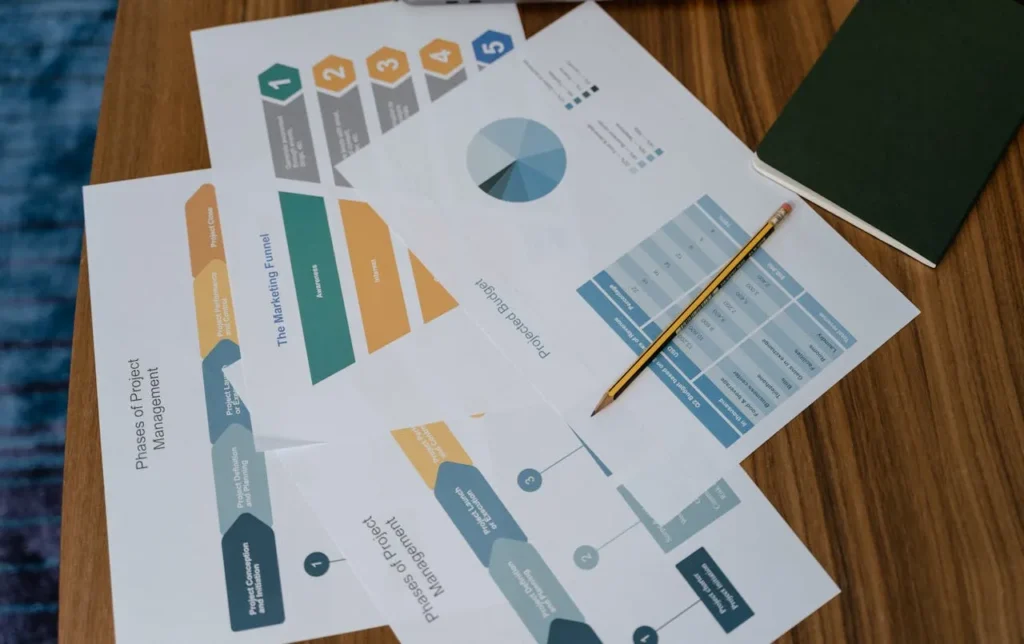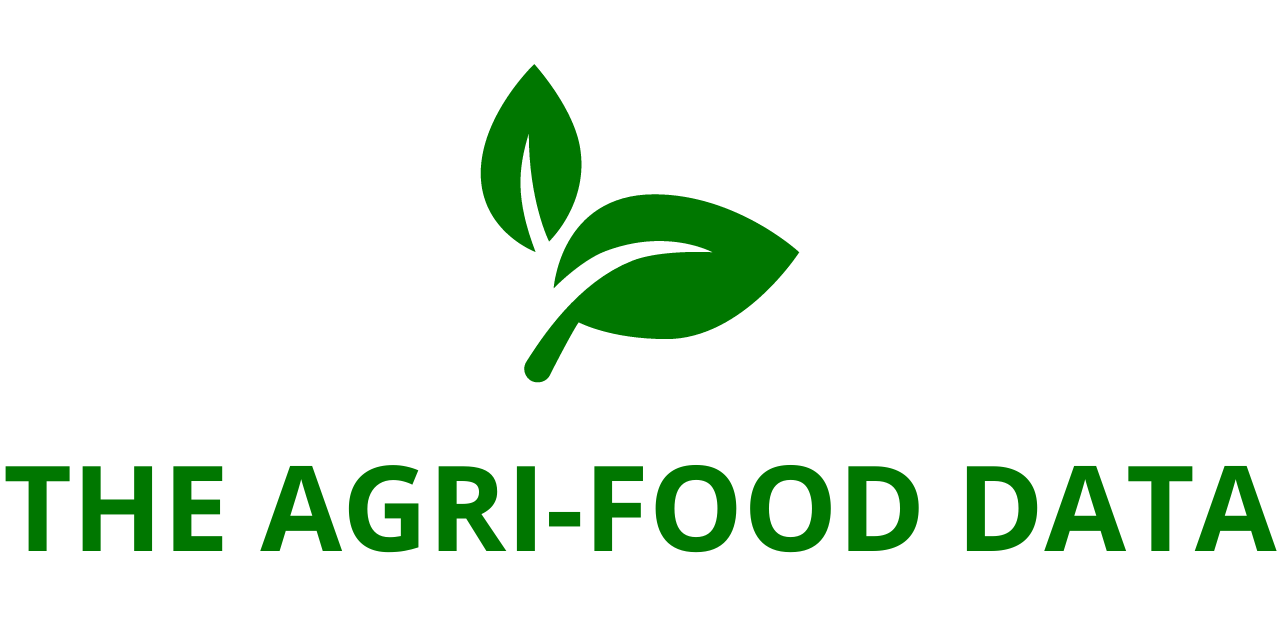
2025 Half-Year Results Strong Execution and Strengthening Growth Platform
Laurent Freixe, CEO of Nestlé, has affirmed the company’s ongoing transformation strategy is beginning to yield tangible results as the global food and beverage giant posted a solid financial and operational performance in the first half of 2025. Nestlé is accelerating its growth momentum, improving market share, and enhancing profitability through disciplined execution and targeted investments—all while navigating an increasingly complex global economic environment.
“We are executing our strategy to accelerate performance and transform for the future,” said Freixe. “By focusing on our high-growth categories, improving our commercial execution, and investing in innovation, we are seeing positive results across a broad range of businesses.”
He emphasized that these results are not coincidental but a reflection of deliberate, structured efforts, fueled by efficiency gains that are being reinvested into growth. “Where we are investing to accelerate category growth, we are growing four times faster than the Group,” Freixe noted. “Our six innovation ‘big bets’ have already achieved sales of over CHF 200 million in the first half alone.”
Nestlé has also made progress in tackling performance gaps in its underachieving business units. “We are addressing our 18 key underperforming business cells, and the aggregate growth gap to market has improved by a third,” said Freixe.
Financial Highlights: Broad-Based Growth in a Challenging Climate
Nestlé reported first-half organic sales growth (OG) of 2.9%, reflecting the strength of its diversified product portfolio and targeted commercial strategies. This performance includes real internal growth (RIG) of 0.2% and pricing growth of 2.7%. In the second quarter, organic growth accelerated slightly to 3.0%, though RIG dipped to -0.4%, offset by pricing gains of 3.3%.
While price adjustments supported top-line growth, their impact varied across categories. For instance, coffee showed low elasticity, maintaining demand despite price hikes. However, confectionery experienced a more noticeable short-term drop in volume due to higher prices.
One notable drag on overall performance came from Greater China, where sales declines negatively impacted group organic growth by 70 basis points and real internal growth by 40 basis points in Q2. Nestlé is actively implementing strategic measures to reposition and revitalize its business in this key market.
Profitability and Investment Strategy: Balancing Cost Pressures and Growth Ambitions
Nestlé’s underlying trading operating profit (UTOP) margin for the first half stood at 16.5%, a slight decline due to several headwinds, including ongoing inflation in the cost of goods sold, currency fluctuations, and an uptick in investment spending to support innovation and marketing.
Despite these pressures, the company posted a net profit of CHF 5.1 billion. However, earnings per share (EPS) declined by 9.0% to CHF 1.97. Free cash flow for the period was reported at CHF 2.3 billion, reflecting both investment activity and prudent financial management.
A central tenet of Nestlé’s strategy has been its reinvestment of cost savings into high-impact initiatives. The company has increased its advertising and marketing expenses to 8.6% of total sales in the first half of 2025, aiming to drive consumer engagement and support new product rollouts.
“Our approach is deliberate,” Freixe emphasized. “We are stepping up investments where we see potential to unlock value, and that is paying off.”
Accelerated Innovation and Market-Focused Execution
Nestlé’s six innovation “big bets”—which span categories such as plant-based foods, health science, and functional beverages—collectively achieved sales exceeding CHF 200 million in just six months. These innovations exemplify the company’s sharpened focus on consumer-centric product development and agile go-to-market strategies.
The company has made it clear that high-impact innovation is not confined to new products alone. Operationally, Nestlé has continued to optimize its internal performance through its CHF 2.5 billion Fuel for Growth cost-saving program. In the first half, CHF 150 million in savings were already booked in the profit and loss statement, and a further CHF 350 million has been secured for the second half of the year. The company remains on track to meet its full-year target of CHF 700 million in cost savings.

Strategic Adjustments in Greater China and Nestlé Health Science
Nestlé is also undergoing a realignment of its business strategy in Greater China to address ongoing performance issues. According to the company, while these changes are necessary, they are expected to act as a headwind to growth for up to a year.
In parallel, Nestlé is sharpening the strategic focus of its Vitamins, Minerals and Supplements (VMS) business under the Nestlé Health Science umbrella. The company announced a strategic review of its mainstream and value VMS brands, signaling a shift toward prioritizing premium, science-backed offerings in this segment.
Digital Transformation and Organizational Simplification
Another pillar of Nestlé’s growth strategy lies in digitalization and operational simplification. The company continues to streamline its end-to-end processes, leveraging its global scale and a single enterprise resource planning (ERP) system. It is also expanding its use of artificial intelligence to enhance decision-making, boost execution speed, and increase overall efficiency.
These efforts are designed to improve responsiveness to consumer trends and enable faster innovation cycles while reducing overhead and complexity across the business.
2025 Outlook: Cautious Confidence Amid Uncertainty
Despite an increasingly volatile macroeconomic environment—including inflationary pressures, geopolitical instability, and changing consumer dynamics—Nestlé has reaffirmed its financial guidance for 2025.
The company expects organic sales growth to improve versus 2024 and strengthen progressively through the remainder of the year as current investments mature and deliver returns. The underlying trading operating profit margin is projected to remain at or above 16.0%, even after accounting for the impact of current tariffs and foreign exchange rates.
“While we recognize the heightened risks and uncertainties in the macroeconomic environment, we remain committed to our strategy and our medium-term financial goals,” Freixe concluded. “We are investing with discipline and focus, and we are confident that our efforts to drive performance and transformation will deliver long-term sustainable growth.”





